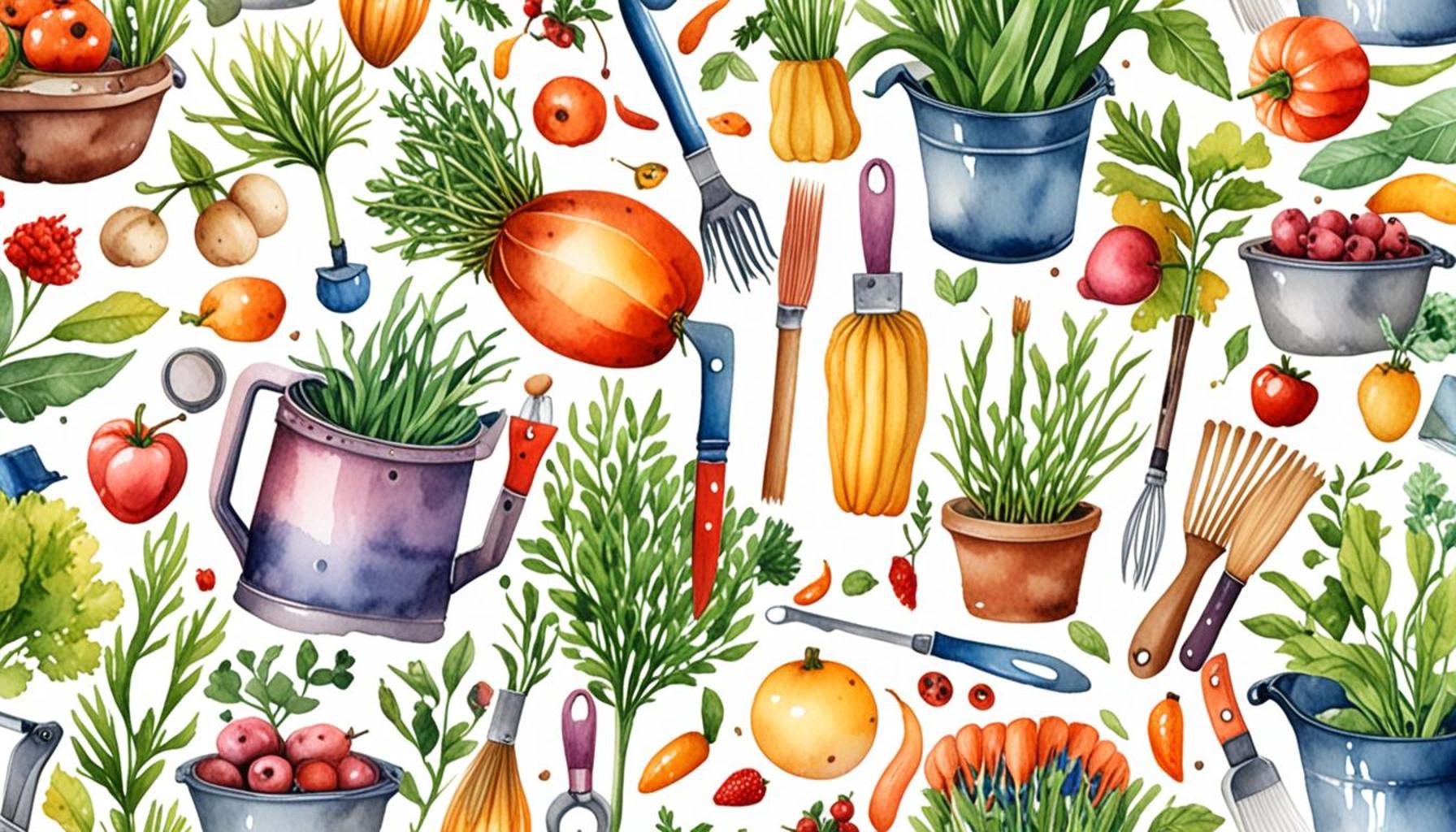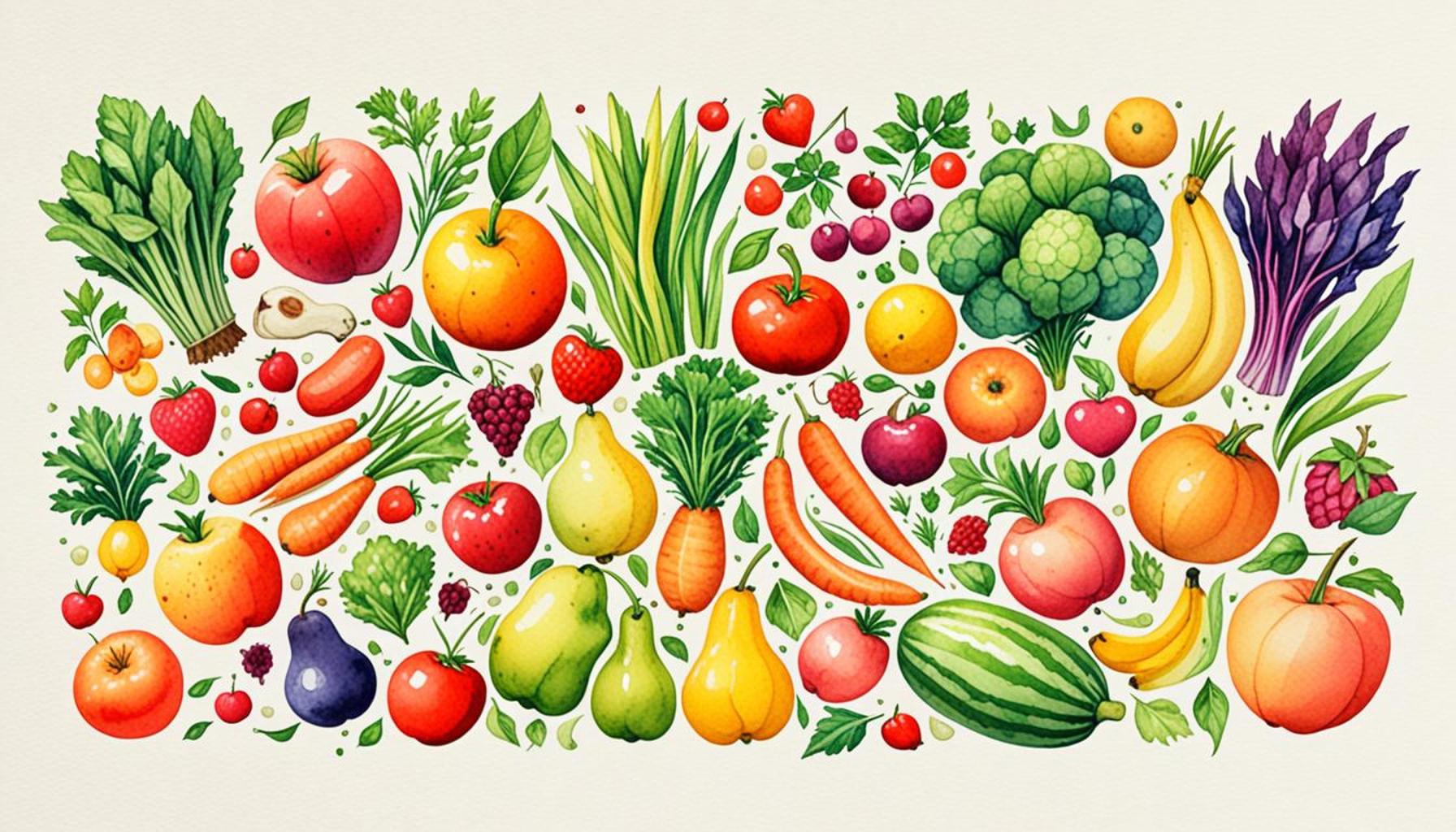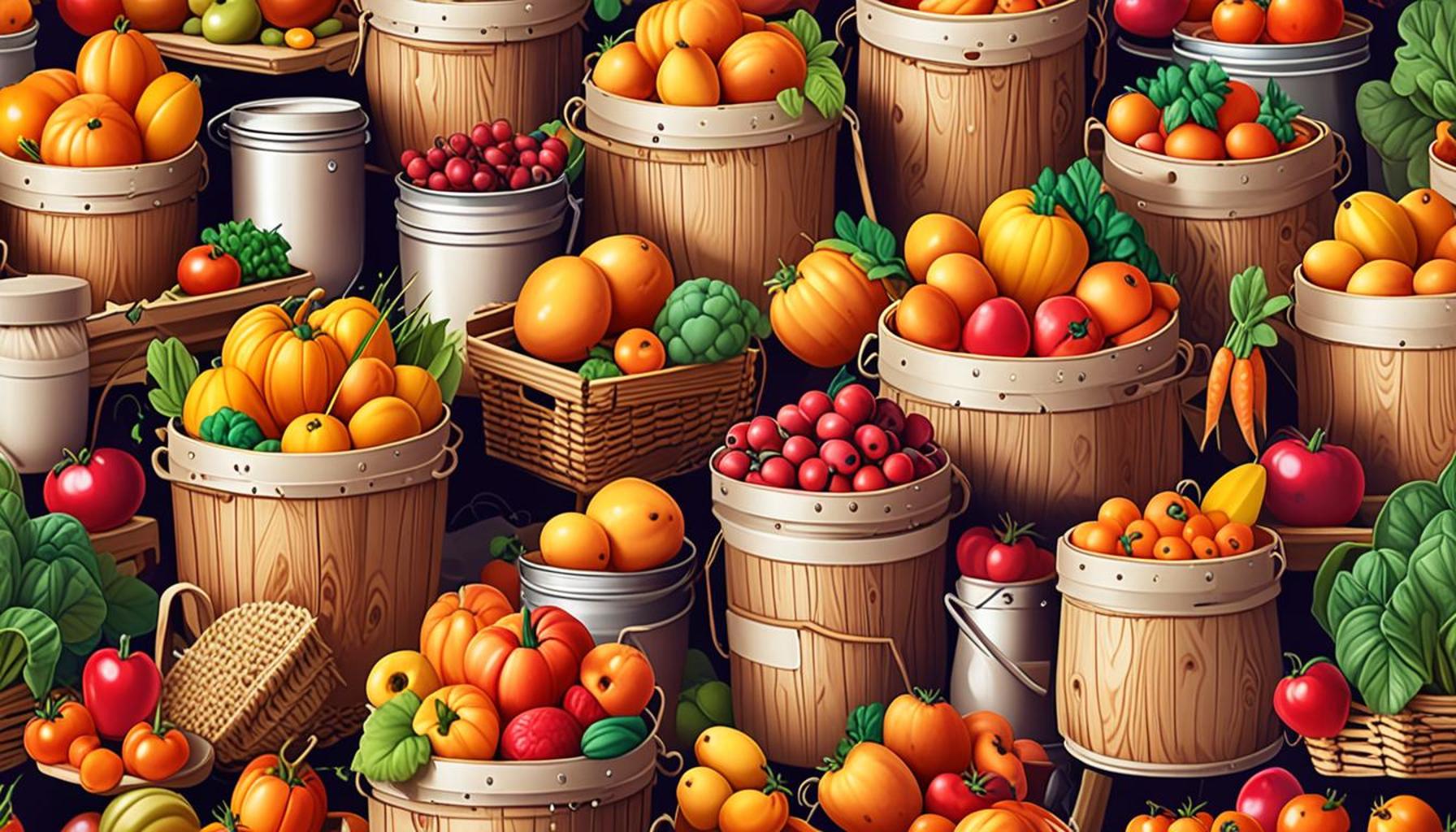Herb Harvesting: Tips for Keeping Flavor and Freshness
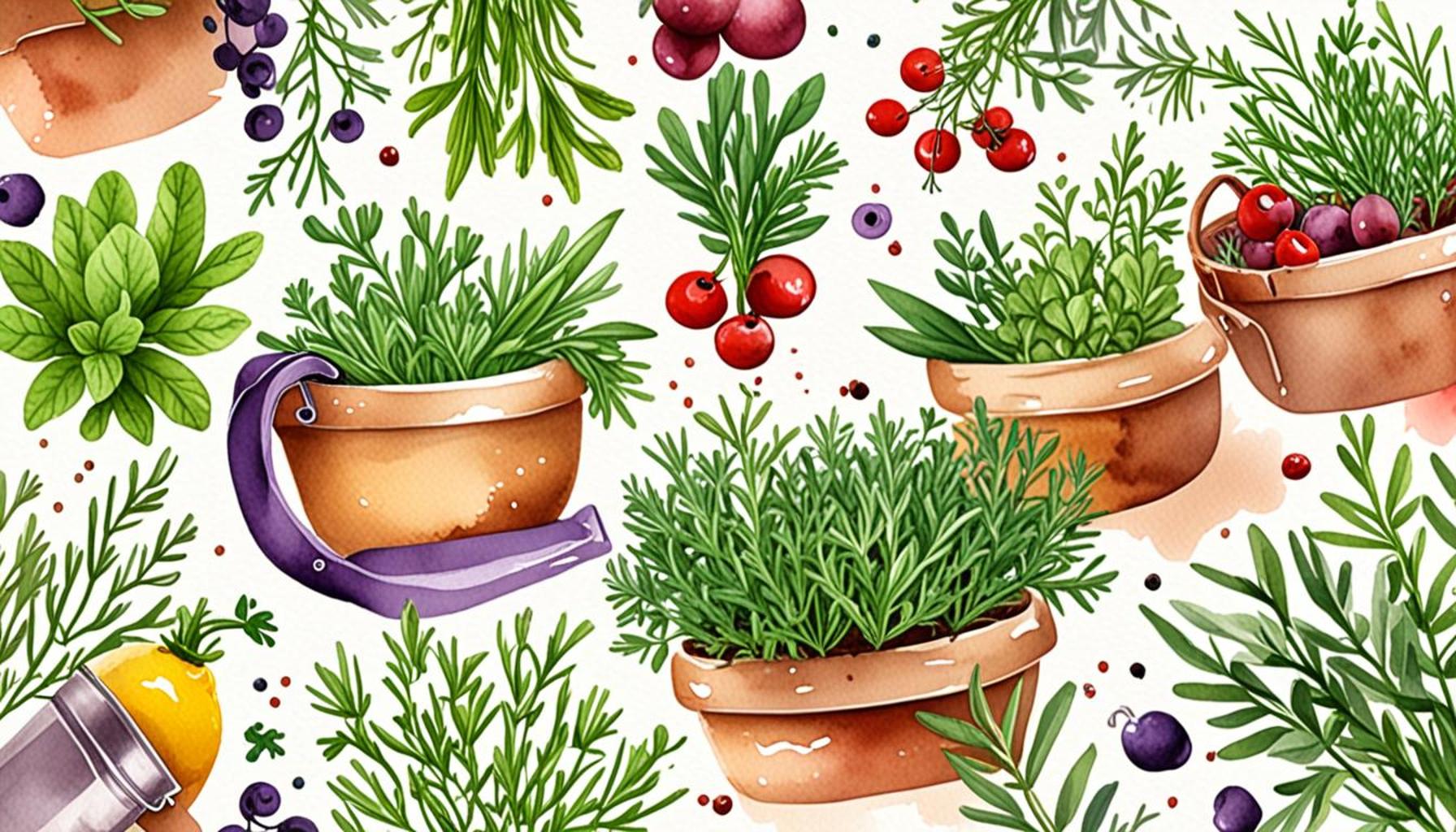
Unlocking the Secrets of Flavorful Herbs
Harvesting herbs is not just a simple task; it is an art that can significantly influence the flavor and freshness of your culinary creations. Whether you grow them in a garden, on a windowsill, or purchase them from a local market, knowing how to handle these flavorful greens is essential. This introduction unveils essential tips to help you master the technique of herb harvesting.
Why Harvesting Matters
Proper harvesting ensures that your herbs retain their peak flavor and vital nutrients. Factors influencing the quality of your herbs include:
- Timing: The best time to harvest herbs is early in the morning when the essential oils are maximized. This is when the sun is just starting to rise, and the temperatures are cooler, which helps preserve the volatile compounds in the leaves. For example, basil and mint are often at their most fragrant during these early hours.
- Method: Using sharp tools, such as pruning shears or scissors, minimizes damage to plants and encourages healthy regrowth. Hand-picking can also be effective but may lead to bruising. Always aim to snip just above a leaf node, where new growth can sprout, allowing the plant to continue thriving.
- Storage: Understanding how to store harvested herbs extends their usability. Fresh herbs can be kept in a glass of water at room temperature, like a bouquet, or wrapped in a damp paper towel and stored in a plastic bag in the refrigerator. For long-term storage, consider drying or freezing your herbs. For instance, you can hang bundles of thyme upside down in a cool, dark place or chop chives and freeze them in ice cube trays with a little water.
With the right methods, you can enjoy the vibrant essence of fresh herbs much longer. Each type of herb has its own peculiarities, which can make harvesting either easy or a bit tricky. For instance, delicate herbs like cilantro must be harvested carefully to avoid crushing them, while robust herbs like rosemary can withstand a little more rough handling. It is important to familiarize yourself with each herb’s characteristics to optimize their freshness and flavor profile.
Understanding the nuances of herb harvesting empowers you to elevate your culinary skills. Proficiently harvested herbs can transform an ordinary dish into an extraordinary one, unlocking flavors that enhance your meals. As you learn to tame these fragrant greens, you’ll discover not only the joy of cooking but also the satisfaction of knowing you are utilizing fresh, home-harvested ingredients. Join us as we delve deeper into these tips and techniques that will help you preserve their delightful flavors and aromas, creating culinary masterpieces with every dish you prepare.
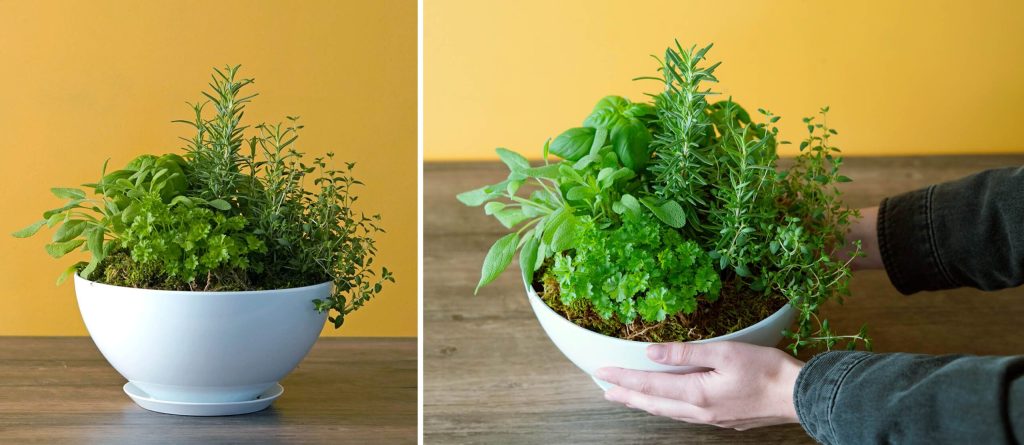
DIVE DEEPER: Click here to learn more about the benefits of mulching
Essential Techniques for Effective Herb Harvesting
Mastering the art of herb harvesting involves understanding the unique characteristics of each herb and adopting the best practices to preserve their flavor and freshness. Whether you’re a seasoned gardener or a novice enthusiast, following these well-rounded techniques will ensure you make the most of your herb bounty.
Key Factors to Consider
When it comes to herb harvesting, several factors play a crucial role in maintaining the quality of your herbs. Here are some key considerations:
- Climate: The environment greatly influences herb growth. Ideally, herbs flourish in well-drained soil with abundant sunlight and adequate moisture. Understanding your local climate conditions can help inform when it’s best to harvest.
- Growth Stage: Timing is essential. Aim to harvest your herbs just before they flower, as this is when they often have the highest concentration of essential oils and flavors. For example, if you’re growing dill, cutting it just before flowering will yield a stronger flavor profile.
- Plant Health: Inspect your herbs for any signs of pests or disease before harvesting. A healthy plant translates to better flavor, while compromised herbs may lose their taste and aroma. Regularly checking on your herbs can also encourage optimal growth.
In addition to these factors, knowing the right way to harvest different varieties of herbs is critical for maximizing flavor and freshness. Here are some practical tips that can help:
Harvesting Methods to Maximize Flavor
How you harvest your herbs can affect both their vitality and taste. Consider these methods:
- Pruning: For larger plants, such as basil and rosemary, pruning is a great way to encourage new growth. Snip off the top one-third of the plant, which will stimulate branching and produce a bushier plant. This method is beneficial as it also keeps the plant healthy and full of flavor.
- Cutting Leaves: For more delicate herbs like parsley and cilantro, it’s best to snip individual leaves rather than pulling them off. This approach reduces bruising and helps maintain the integrity and flavor of the remaining leaves.
- Avoiding Excess Sun Exposure: Once harvested, avoid leaving your herbs in direct sunlight for prolonged periods. The sun can quickly degrade the essential oils, leading to a reduction in flavor.
By integrating these essential techniques into your herb harvesting routine, you can greatly improve your culinary experience. Properly harvested herbs not only enhance the taste of your dishes but also contribute essential nutrients that make your meals healthier. As you discover these effective methods, you’ll find yourself enjoying the fruits of your labor and enhancing your kitchen creativity.
| Category | Details |
|---|---|
| Harvest Timing | Understanding the best time to harvest your herbs ensures maximum flavor and essential oils, typically early morning or late afternoon. |
| Proper Drying Techniques | Drying herbs correctly preserves their vibrant colors and intense aromas. Air drying or using a dehydrator are effective methods to maintain freshness. |
| Storage Solutions | Utilizing airtight containers and storing herbs in a cool, dark place can significantly enhance longevity and potency. |
| Freezing Herbs | For long-term preservation, freezing herbs in ice cube trays with water or oil locks in flavor while making them easily usable. |
The art of herb harvesting transcends mere collection; it embodies a science that greatly influences the culinary world. Techniques such as timing, drying, and storage play a crucial role in fortifying the flavors and aromas that define fresh herbs. Understanding the lifecycle of your herbs and their optimal harvesting periods can ensure that you capture the very essence of what you are growing. For Home chefs and culinary enthusiasts, mastering these skills can be the key to elevating their dishes to gourmet statuses. Whether you are using these herbs fresh or preparing them for later use, each step taken in the harvesting process contributes to the overall success of your culinary endeavors. By applying these essential tips, you can assure that every meal is bursting with the rich, robust flavors that only freshly harvested herbs can provide.
DISCOVER MORE: Click here for the best soil preparation tips
Preserving Freshness After Harvesting
Once you’ve harvested your herbs, the next crucial step is preserving their freshness and flavor. Proper storage techniques can keep your herbs vibrant, ensuring that they maintain their rich taste and aroma for as long as possible. Here are some effective methods to consider:
Storing Fresh Herbs
The way you store your freshly picked herbs can significantly impact their longevity. Here are some popular storage techniques that cater to various herb types:
- Refrigeration: Many fresh herbs do well in the refrigerator. Wrap delicate herbs like basil, parsley, and cilantro in a damp paper towel and place them in a resealable plastic bag. This technique creates a controlled environment, retaining moisture without promoting rot. For sturdier herbs like rosemary or thyme, placing them upright in a glass of water—similar to a bouquet—can also work effectively.
- Air Drying: If you prefer dried herbs, air drying is one of the simplest methods. Bundle herbs in small groups and hang them upside down in a cool, dark, and well-ventilated area of your home. This traditional process can take anywhere from a few days to a couple of weeks, depending on the herb and humidity levels. Once dried, store them in airtight containers after crumbling them to release their potent flavors.
- Freezing: For those wanting to preserve their herbs for extended periods, freezing is an excellent option. Chop fresh herbs and mix them with olive oil or water in an ice cube tray. This method not only keeps herbs on hand for cooking but also makes for easy portioning. When needed, simply pop a cube into your pan—no thawing required!
Using Fresh Herbs in Cooking
How you integrate your freshly harvested herbs into meals can also affect their flavor. Here are some cooking tips to maximize their impact:
- Timing Is Everything: Add herbs towards the end of the cooking process, especially for delicate varieties like basil or parsley. Cooking them for too long can lead to loss of flavor and nutrients. In contrast, hearty herbs like rosemary or thyme can withstand longer cooking times without losing their essence.
- Chopping Techniques: The way you chop herbs can influence their flavor release. For instance, finely chopping results in a more pronounced flavor than coarsely cutting them. However, for a milder flavor, you might opt to add whole leaves or larger stems.
- Herb Infusions: Consider creating herb-infused oils or vinegars. Simply add herbs to a bottle of olive oil or vinegar and allow them to steep for a week or so before using them in salads or as marinades. This method can elevate ordinary dishes into something extraordinary, showcasing the true essence of your home-grown herbs.
By adopting these storage techniques and cooking practices, you’ll ensure that your harvested herbs continue to enliven your culinary creations. Whether you’re sprinkling fresh basil on a pasta dish or using herbs to craft a flavorful vinaigrette, these steps will guarantee that each bite is bursting with quality and taste. As you explore the world of herb harvesting and its preservation, get ready to cherish the undeniable benefits of fresh herbs in your kitchen!
LEARN MORE: Click here to discover the importance of soil testing
Conclusion
In the world of culinary arts, the advantage of using freshly harvested herbs cannot be overstated. By implementing effective harvesting and storage techniques, you can preserve their vibrant flavors and aromas, ensuring that your dishes are not only delicious but also packed with nutritional benefits. Whether you choose to refrigerate, air dry, or freeze your herbs, the methods discussed provide a solid foundation for maintaining their freshness long after they’ve been picked.
Moreover, understanding how to utilize herbs in cooking makes all the difference in enhancing your meals. The timing of herb additions, the art of chopping, and the opportunity for infusions open up a realm of creativity in your kitchen. For American home cooks, experimenting with local and seasonal herbs can elevate dishes to reflect the region’s unique character, teaching us that the cycle of harvesting and using herbs is a fulfilling journey.
With these tips, you are now equipped to explore the rich world of herb harvesting. Consider starting your own herb garden, connecting with your food in a new way, and the satisfaction of incorporating your home-grown flavors into everyday meals. By taking these steps, you’ll not only improve your culinary skills but also embrace a healthier, more sustainable lifestyle. So go ahead—create a vibrant herb-rich experience that turns every meal into a fragrant celebration of nature’s bounty.
